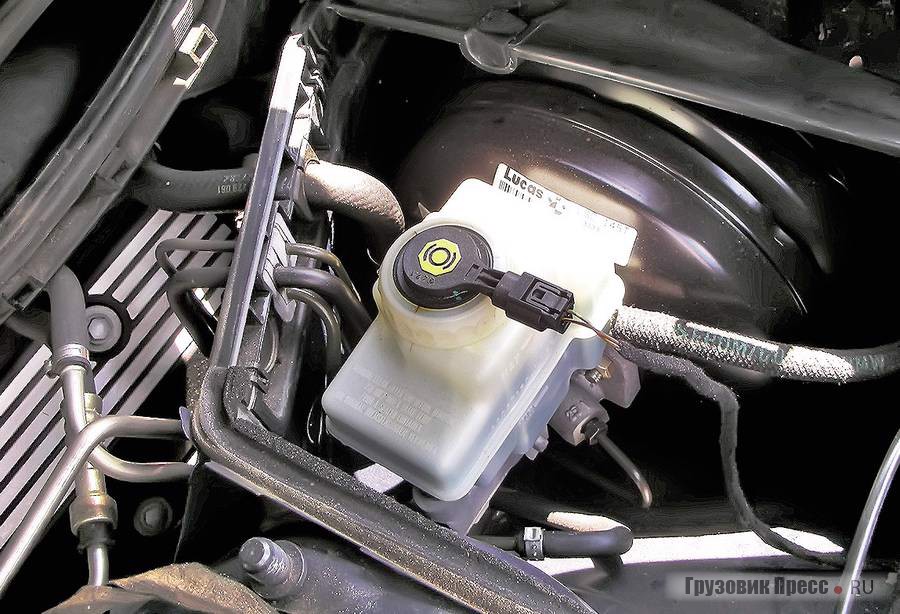
Brake fluid - beware of the (correct) boiling point!
Content
The boiling point declared in the name is the most important and main characteristic of a good brake fluid. This has a significant impact on traffic safety by optimally reducing the required braking distance of the vehicle.

What liquid - such temperature (boiling)
Currently, brake fluids can be divided into three categories - depending on their area of application. Products labeled DOT3 are designed for most passenger cars on the road, with a boiling point of about 200 degrees C. On the other hand, DOT4 fluid is used in heavily loaded brake systems (boiling point - about 230 degrees C), and in difficult conditions - high-performance cars or those who ride mainly in the mountains - we will be faced with a DOT5 liquid with a highest boiling point of about 260 degrees C.
In addition to the appropriate boiling point, brake fluid it must also have significant water absorption capacity. Why? The answer is simple: even a small amount of it that could get into the brake system would quickly lead to the formation of the so-called vapor lock (even at a temperature of about 100 degrees Celsius), which means a significant decrease in brake efficiency.
ABS problem
Moisture in the brake system also accelerates the corrosion of the metal parts of the entire system. This is doubly dangerous: it directly affects the durability of the latter, and also - or perhaps primarily - reduces the effectiveness of the ABS system. Modern systems are particularly sensitive to the quality of the brake fluid, including its reduced viscosity. The fact is that in cars equipped with ABS, the intensity of the brakes is much greater than in cars without this system.
How to measure the boiling point of a brake fluid?
The boiling point of the brake fluid should be measured using special instruments that carry out this, the so-called. direct method. What is it about? Briefly, it is about bringing a liquid sample to a boil and determining the temperature at which this occurs. In practice, this operation comes down to connecting the device to a power source (for example, a battery), and then placing a special tip in a reservoir with collected brake fluid. After waiting a few tens of seconds, you can measure the boiling point. For correct subsequent measurements, it is recommended to measure the boiling point of a clean water sample once every 100 measurements of the boiling point of the brake fluid.
Added by: 3 years ago,
a photo: AutoCenter

